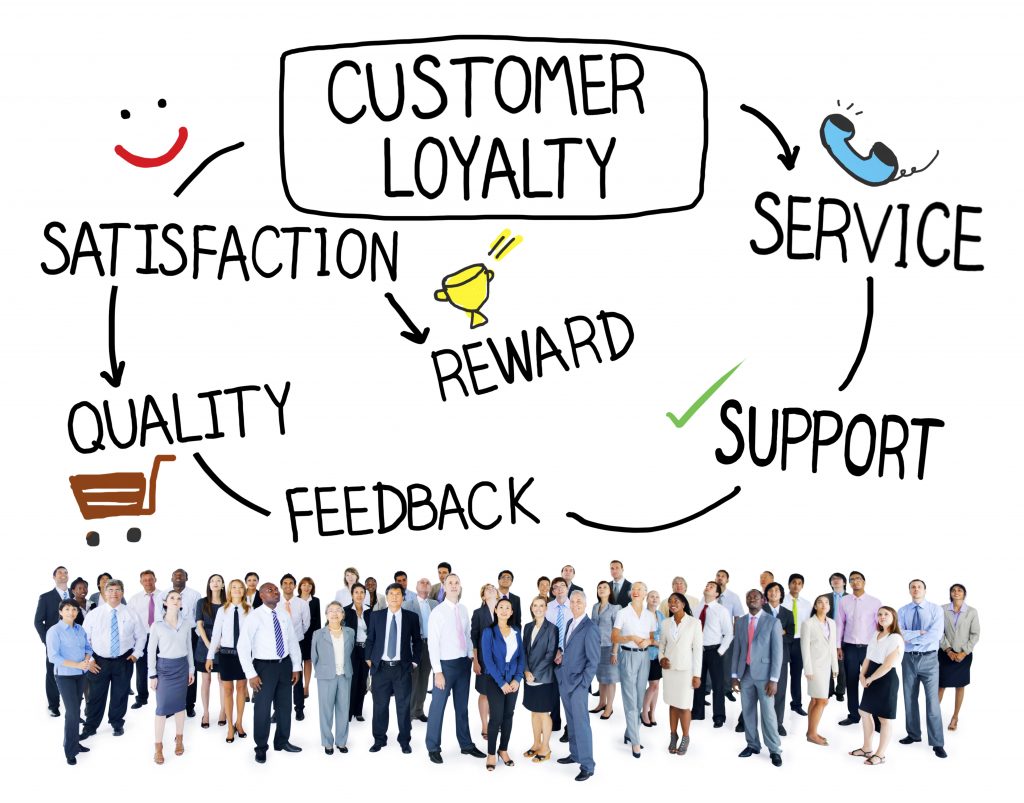
What’s the most valuable asset of any business? You only guessed right if you said: “Loyal customers!”
Customers, including loyal ones, keep asking for more. They want higher quality, lower prices, and levels of service no one would’ve thought possible a few years back.
Because a relatively small percentage of a dry cleaner’s customers account for a large portion of its profits, keeping current customers is more important than ever. Here are the five best ways to retain good customers.
Identify Your Most Loyal Customers
Dry cleaning is not a “one size fits all” business. If you fail to differentiate between your most valuable customers and all the others, you will be selling a service that satisfies no one because it tries to satisfy everyone.
The tendency to treat all customers alike is particularly tempting because it doesn’t require you to get to know your customers as individuals. It takes time and real effort to learn what each individual customer expects from you.
Identify loyal customers by answering three questions:
- 1. Which customers are the most profitable?
- 2. Which place the greatest value on your services?
- 3. Which are worth more to you than to your competitors?
P.O.S. systems typically record transactions rather than relationships. You can’t expect to have the answers to these questions waiting on your desk Monday morning. Obtaining them requires careful analysis.
Calculating the value of a customer over the course of a year clearly shows the payoff from long-term relationships with the right customers.
Measure What Matters
Many cleaners are misled by a lack of customer complaints. The truth is: if you only look at formal complaints—the tip of the iceberg—you may miss the larger mass of unspoken dissatisfaction. What cracks your hull is what lies below the surface. Even measuring “market share” tells you nothing about customer retention. Nor does it tell you how much business you might do with each customer if you were providing greater satisfaction.
To accurately measure a customer’s loyalty, you need to measure your “share” of that customer. That is, the proportion of a customer’s total potential business that you have. For example, if a customer only brings you his dress shirts and no dry cleaning, it’s a pretty good bet he’s using someone else. The reverse is also true. Additionally, consider if they live in a single-family home and never bring household items. The higher your share, the less likely that customer will defect to a competitor.
Analyze Defections
Your greatest marketing lesson may not be in how to gain new customers but in how to win back old ones. One way to do this is to assign a person to contact lost customers and use the “5 whys” series of questions to determine their real reasons for leaving. The key is beginning a new question with “why” every time the former customer responds. For example:
Q: Why did you stop using our services?
A: I got a better deal from another cleaner.
Q: Why was it a better deal?
And so on. It usually takes five “whys” before you get the real answer. It’s human nature to be less than forthright when asked “why” the first time. When first asked customers typically cite price as the reason they left, but often price is an easy excuse for other complaints.
Garment care professionals who diligently go after lost customers can regain up to 30% by contacting them and listening attentively to their concerns. Mass Customize Mass customization is a way in which even high-volume cleaners can increase loyalty by treating customers as individuals. Customization can be—and in many cases has to be—built into an IFI professional’s business system.
With computers at the counter, every customer service representative can have instant access to every customer’s individual preferences.
Learn to Meet Unspoken Needs
Customers want—and expect—more than ever. You can do everything right, as far as what customers tell you they want and still lose them. Learning about their unspoken needs only happens over time and between individuals.
This is the greatest argument for keeping consistent counter personnel. Long-term relationships are built between human beings, not databases. No amount of technology can contribute as much to the satisfaction and happiness of your customers.
This article is from DLI’s Bulletin MM-11, April 2006

